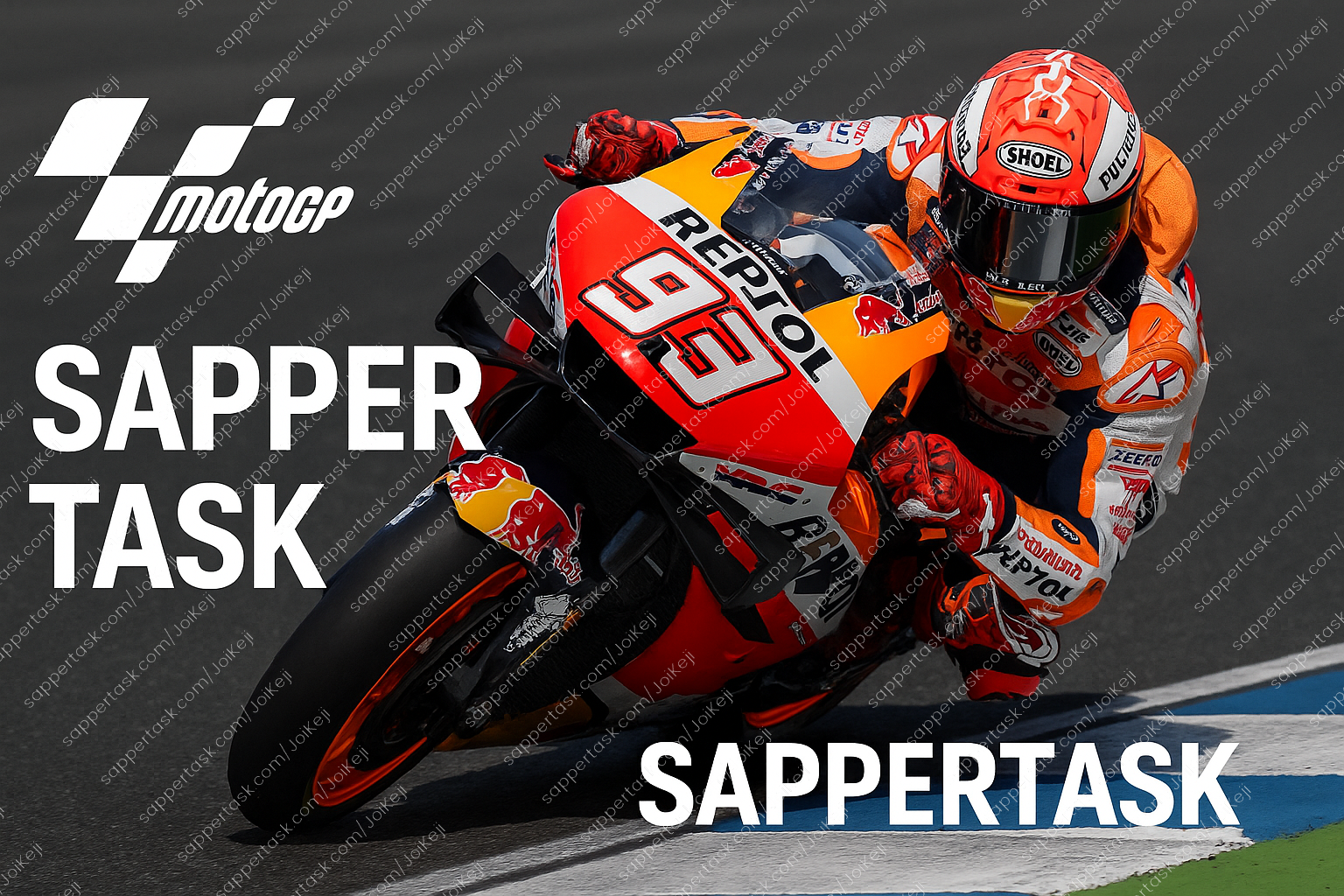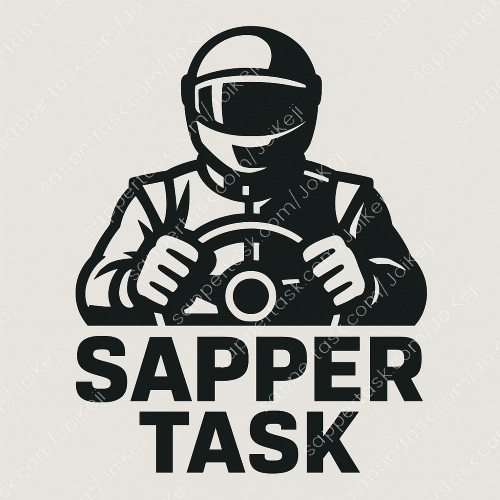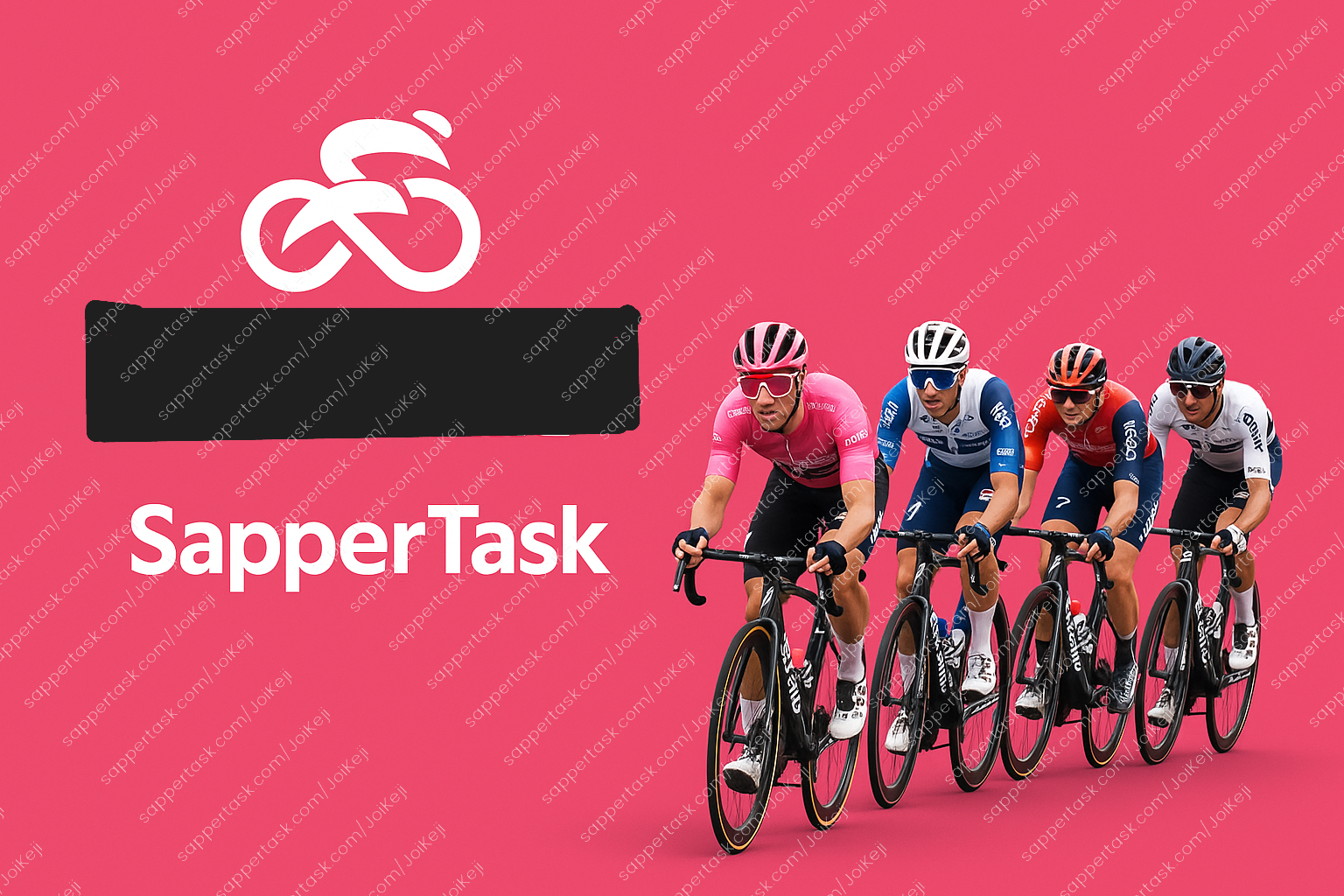What makes motorbike racing more thrilling or dangerous than car racing?
Motorbike racing is often seen as more thrilling and dangerous than car racing for a few key reasons:
1. Minimal Protection
In a car, the driver is surrounded by a roll cage, airbags, and a metal shell. A motorcyclist has only a helmet and leathers.
Crashes often eject riders from the bike, increasing the chance of serious injury or death.
2. High Skill, High Risk
Motorbike racers have to use their whole body to control the machine—leaning into corners, shifting weight constantly.
There’s far less margin for error. One slip in balance or traction can lead to a crash.
3. Exposed to the Elements
Rain, wind, or track debris hits riders directly. Even insects at high speeds can sting or distract.
No windshield or climate control—just raw exposure at 200+ km/h.
4. Close-Quarters Combat
Bikes are smaller and more agile, leading to intense, elbow-to-elbow racing.
Overtakes happen with inches to spare, and contact can mean disaster.
5. Spectacle of Speed and Lean
The extreme lean angles—sometimes with knees and elbows scraping the asphalt—look insane to the human eye.
Watching a rider control a machine at that limit adds a visceral tension car racing rarely matches.
6. No Seatbelts. No Safety Nets.
In cars, safety features can save a driver in high-speed collisions.
In bikes, there's nothing to hold you down. If you crash, you're sliding, tumbling, or flying—sometimes into traffic.
Bottom line: Motorbike racing puts more on the line—physically, mentally, and emotionally. That risk translates into edge-of-your-seat intensity and danger that few motorsports can match.
Motorbike racing is often seen as more thrilling and dangerous than car racing for a few key reasons:
1. Minimal Protection
In a car, the driver is surrounded by a roll cage, airbags, and a metal shell. A motorcyclist has only a helmet and leathers.
Crashes often eject riders from the bike, increasing the chance of serious injury or death.
2. High Skill, High Risk
Motorbike racers have to use their whole body to control the machine—leaning into corners, shifting weight constantly.
There’s far less margin for error. One slip in balance or traction can lead to a crash.
3. Exposed to the Elements
Rain, wind, or track debris hits riders directly. Even insects at high speeds can sting or distract.
No windshield or climate control—just raw exposure at 200+ km/h.
4. Close-Quarters Combat
Bikes are smaller and more agile, leading to intense, elbow-to-elbow racing.
Overtakes happen with inches to spare, and contact can mean disaster.
5. Spectacle of Speed and Lean
The extreme lean angles—sometimes with knees and elbows scraping the asphalt—look insane to the human eye.
Watching a rider control a machine at that limit adds a visceral tension car racing rarely matches.
6. No Seatbelts. No Safety Nets.
In cars, safety features can save a driver in high-speed collisions.
In bikes, there's nothing to hold you down. If you crash, you're sliding, tumbling, or flying—sometimes into traffic.
Bottom line: Motorbike racing puts more on the line—physically, mentally, and emotionally. That risk translates into edge-of-your-seat intensity and danger that few motorsports can match.
What makes motorbike racing more thrilling or dangerous than car racing?
Motorbike racing is often seen as more thrilling and dangerous than car racing for a few key reasons:
1. Minimal Protection
In a car, the driver is surrounded by a roll cage, airbags, and a metal shell. A motorcyclist has only a helmet and leathers.
Crashes often eject riders from the bike, increasing the chance of serious injury or death.
2. High Skill, High Risk
Motorbike racers have to use their whole body to control the machine—leaning into corners, shifting weight constantly.
There’s far less margin for error. One slip in balance or traction can lead to a crash.
3. Exposed to the Elements
Rain, wind, or track debris hits riders directly. Even insects at high speeds can sting or distract.
No windshield or climate control—just raw exposure at 200+ km/h.
4. Close-Quarters Combat
Bikes are smaller and more agile, leading to intense, elbow-to-elbow racing.
Overtakes happen with inches to spare, and contact can mean disaster.
5. Spectacle of Speed and Lean
The extreme lean angles—sometimes with knees and elbows scraping the asphalt—look insane to the human eye.
Watching a rider control a machine at that limit adds a visceral tension car racing rarely matches.
6. No Seatbelts. No Safety Nets.
In cars, safety features can save a driver in high-speed collisions.
In bikes, there's nothing to hold you down. If you crash, you're sliding, tumbling, or flying—sometimes into traffic.
Bottom line: Motorbike racing puts more on the line—physically, mentally, and emotionally. That risk translates into edge-of-your-seat intensity and danger that few motorsports can match.
0 Comments
0 Shares
286 Views
0 Reviews









